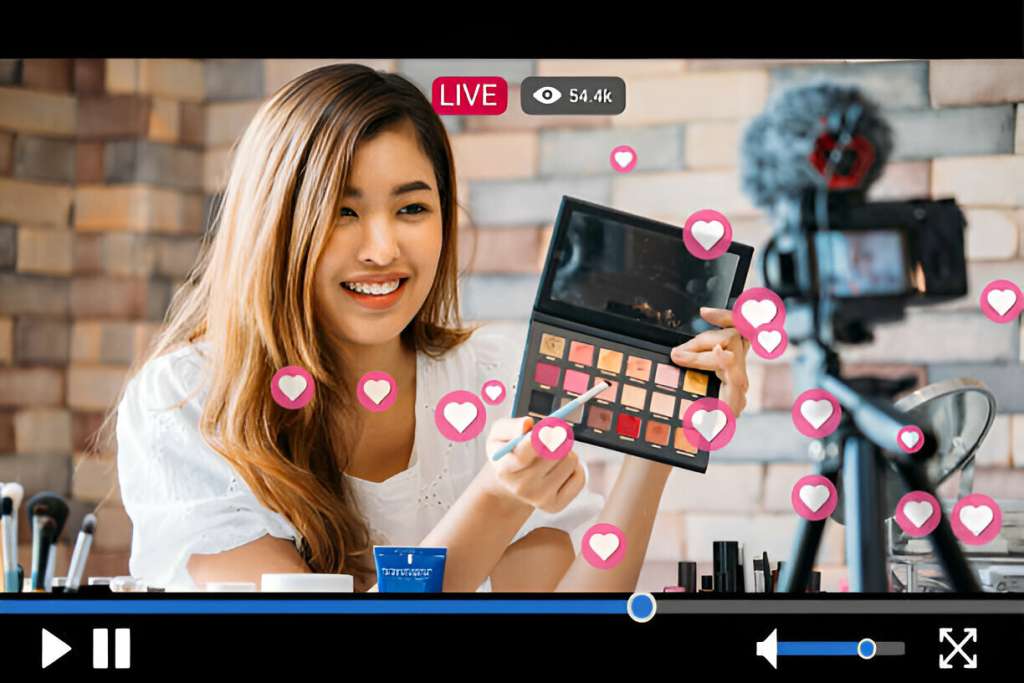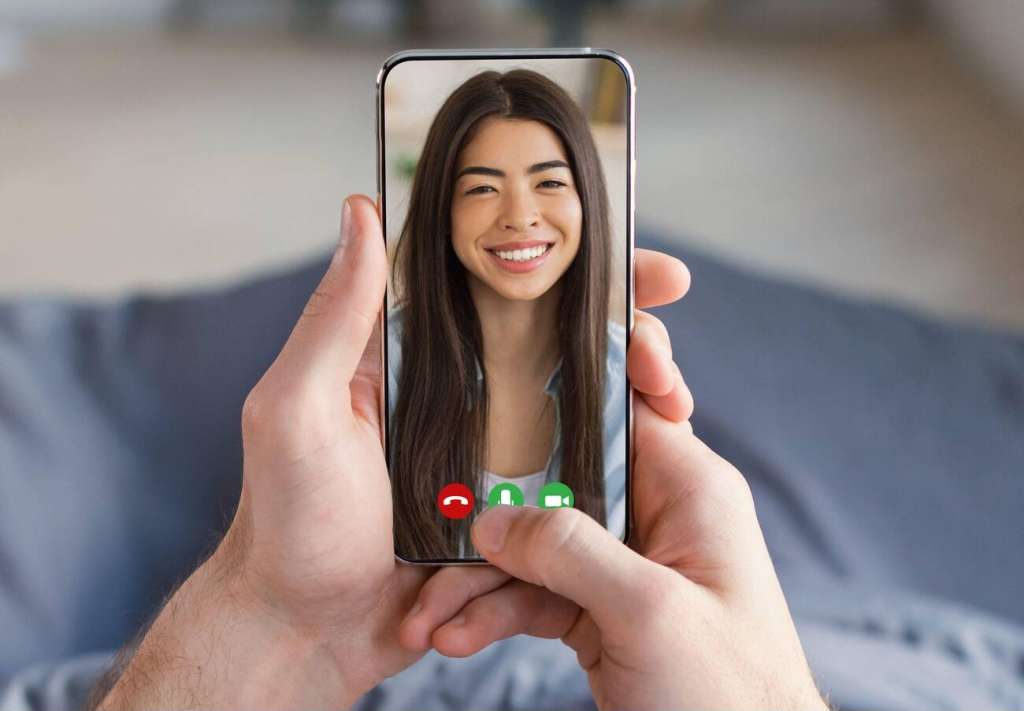Do you know the biggest rule at the Met Gala? Find out what it is and why it’s so important in this informative article. Discover the origins of the rule, the controversies it has sparked, and its impact on attendees and the overall red carpet experience. Get ready to dive into the fascinating world of the Met Gala and uncover the future of this influential rule.
Origins of the No Selfies Rule
The origins of the No Selfies Rule at the Met Gala can be traced back to its inception in 2015. From the very beginning, the organizers of this prestigious event wanted to maintain an air of exclusivity and elegance. They understood that allowing guests to take selfies during the gala could compromise the privacy and sanctity of the event. Thus, the No Selfies Rule was established to enforce strict guidelines regarding photography inside the venue.
Enforcement of the rule was initially met with some resistance. Many attendees were accustomed to capturing every moment of their lives on social media, and the idea of not being able to take a selfie at the Met Gala seemed foreign and restrictive. However, the organizers were firm in their decision, and security personnel were instructed to confiscate any cameras or phones seen being used for selfie purposes.
Over time, the No Selfies Rule has become an integral part of the Met Gala’s identity. It has helped to preserve the exclusivity and mystique surrounding the event, creating an atmosphere where attendees can fully immerse themselves in the experience without the distraction of documenting it for the world to see. The rule remains in place to this day, ensuring that the Met Gala continues to be a truly unique and unforgettable occasion.
The Purpose Behind the Rule
To understand the purpose behind the rule, let’s delve into the rationale that drives the organizers of the Met Gala. The no selfies rule serves a significant purpose in maintaining the exclusivity and integrity of the event. By prohibiting attendees from taking selfies, the Met Gala aims to create an atmosphere that focuses on the artistry, fashion, and design that the event celebrates.
The purpose of this rule can be better understood by examining the significance of the Met Gala itself. The annual fundraising event is held to benefit the Metropolitan Museum of Art’s Costume Institute and marks the grand opening of its annual fashion exhibition. The Gala brings together the world’s most influential celebrities, designers, and industry insiders, making it a highly anticipated and exclusive event.
To engage the audience further, let’s take a look at the purpose and significance of the no selfies rule in the Met Gala:
| Purpose | Significance |
|---|---|
| Maintains exclusivity | Ensures a high-profile guest list |
| Focuses on fashion and artistry | Highlights the event’s core themes |
| Preserves the privacy of attendees | Allows them to fully enjoy the evening |
| Emphasizes human connection | Encourages meaningful interactions |
| Highlights the importance of the event | Creates anticipation and intrigue |
Controversies Surrounding the Rule
Despite its intentions, the no selfies rule at the Met Gala has sparked controversy. While the rule was put in place to maintain the exclusivity and elegance of the event, it has faced considerable celebrity backlash. Many attendees, known for their social media presence, feel restricted by the ban on selfies, as it hinders their ability to document and share their experience at the prestigious event with their followers.
However, the controversy surrounding the no selfies rule goes beyond just celebrity opinions. One of the main challenges in enforcing this rule is the widespread use of smartphones and the ease with which photos can be taken discreetly. Even with strict security measures, it becomes challenging to prevent attendees from sneaking in their phones and snapping a quick selfie. Additionally, the rise of social media platforms like Instagram has made it difficult to control the dissemination of photos taken inside the event. Despite the best efforts of the organizers, some images always manage to leak, causing further criticism and undermining the exclusivity the rule aims to maintain.
Impact on Attendees and the Red Carpet Experience
You may be wondering how the no selfies rule at the Met Gala impacts attendees and their experience on the red carpet. Well, the rule certainly has a significant impact on the event. For starters, without the distraction of selfies, attendees are able to fully immerse themselves in the red carpet experience and engage with the media and other guests. This allows them to showcase their carefully crafted fashion choices and make a lasting impression.
The no selfies rule also adds an air of exclusivity to the event, as it prevents attendees from sharing intimate moments with their fans and followers in real-time. This exclusivity creates a sense of anticipation and excitement among both celebrities and the public.
Additionally, the rule has sparked various celebrity reactions. Some celebrities have expressed disappointment, as they are unable to capture and share their red carpet moments with their followers. Others, however, appreciate the rule as it allows them to maintain a certain level of privacy and control over their public image.
The Future of the No Selfies Rule
Consider the possibility of loosening the restrictions on selfies at the Met Gala in the coming years. As the world evolves and embraces technology, the way we interact and share experiences has changed. The rise of virtual events and the influence of social media have transformed the way people engage with events like the Met Gala. Here are some factors to consider when thinking about the future of the no selfies rule:
- Changing landscape: With the increasing popularity of virtual events, attendees may feel the need to capture their own moments at the Met Gala, especially if they are not physically present.
- Social media impact: Selfies have become a powerful tool for individuals to express themselves and share their experiences with a wide audience. Allowing selfies at the Met Gala could further enhance the event’s reach and impact on social media platforms.
- Celebrity influence: Celebrities have a significant following on social media, and their selfies from the Met Gala can generate buzz and excitement among their fans, increasing the event’s visibility and relevance.
- Balancing tradition and innovation: While the Met Gala has a long-standing tradition of exclusivity and elegance, it is essential to adapt to changing times and embrace new ways of engaging with the audience.
Considering these factors, it might be worth exploring the idea of loosening the restrictions on selfies at the Met Gala to keep up with the evolving landscape of events and the influence of social media.


